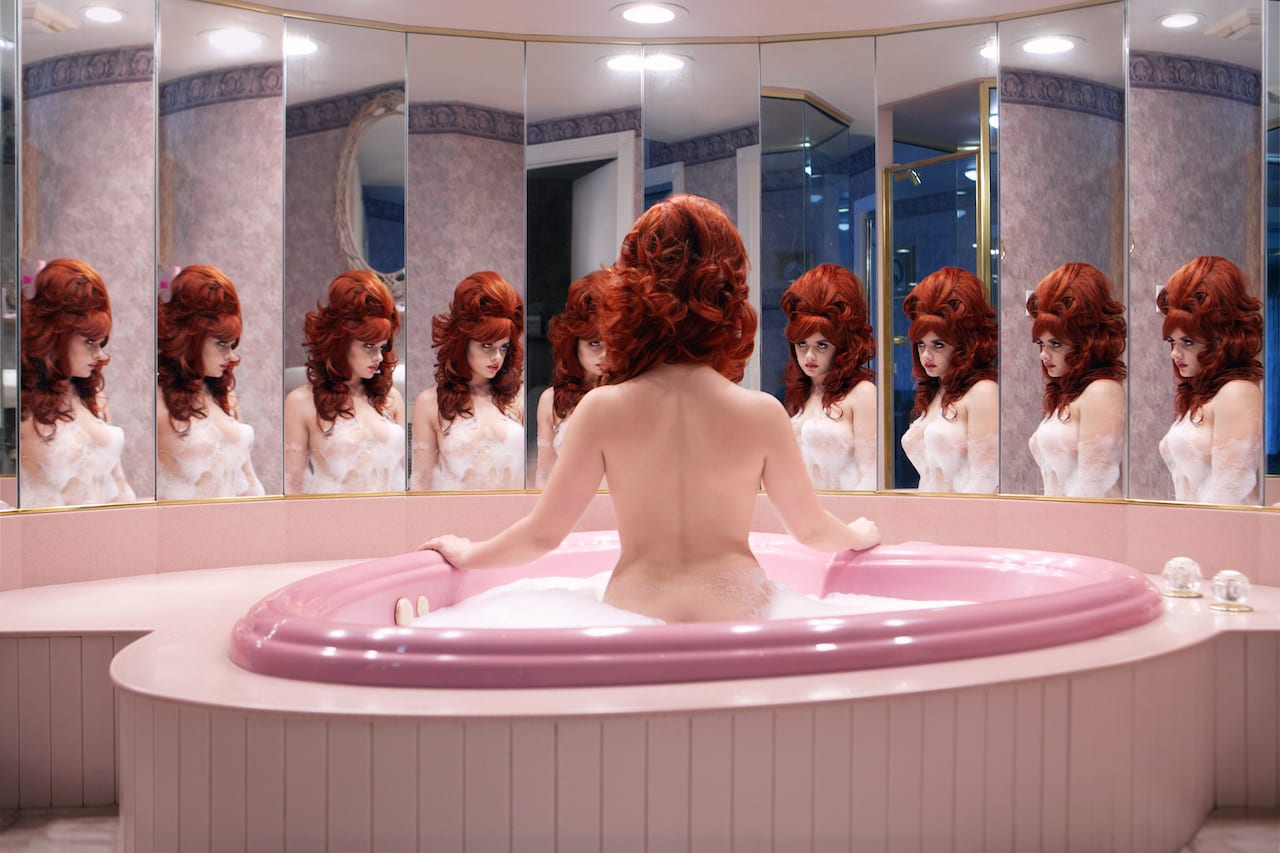Industry Insights with LE BOOK: How to secure a commission on an integrated brand campaign
Honeymoon Suite, 2015 © Juno Calypso
Source:
From the series The Honeymoon, Eternal Beauty II Film Still 2014 © Juno Calypso courtesy of the artist
Source: From the series The Honeymoon, Eternal Beauty II Film Still 2014 © Juno Calypso courtesy of the artist© 2022 - 1854 MEDIA LTD